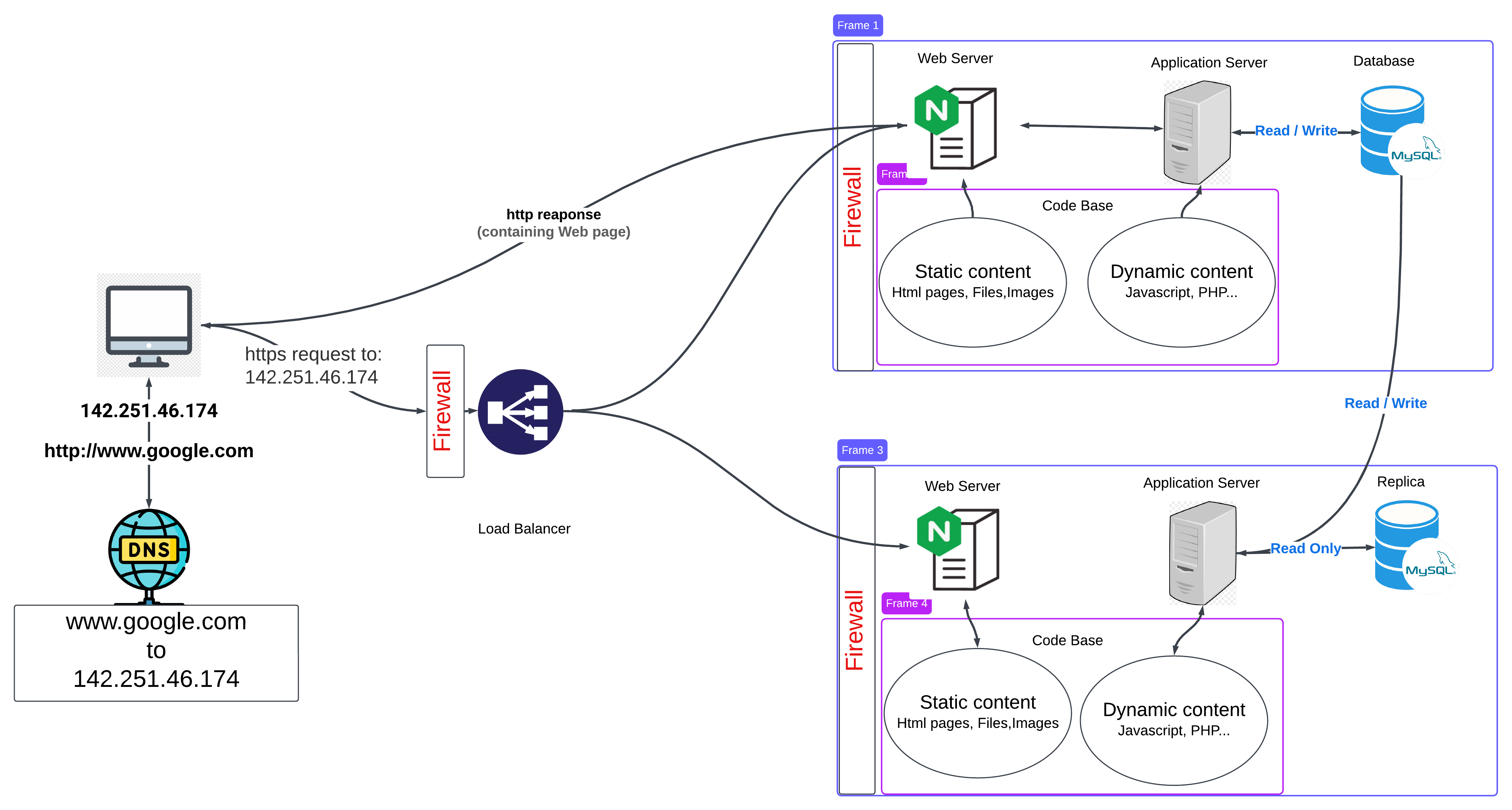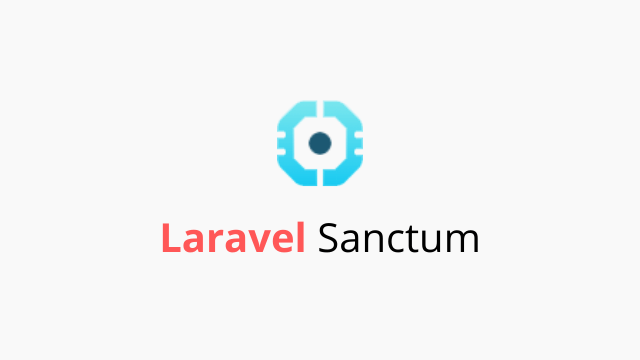
In the vast expanse of the internet, every time you type a URL into your browser's address bar and hit Enter, a complex web of processes kicks into action behind the scenes. Let's take a journey through the layers of technology that make your request for https://www.google.com possible.
DNS Request:
The process begins with a DNS (Domain Name System) request. Your browser queries a DNS server to translate the human-readable domain name "www.google.com" into an IP address. Initially, the browser may check its local DNS cache to see if it already has the IP address for the domain stored. If not found, it sends a request to the DNS resolver, which may recursively query other DNS servers until it finds the IP address associated with the domain.
TCP/IP:
Armed with the IP address, your browser initiates a TCP/IP (Transmission Control Protocol/Internet Protocol) connection. This protocol suite ensures reliable communication between your device and the server by breaking down data into packets and managing their transmission across the internet. The TCP layer handles data segmentation, reassembly, and error detection, while the IP layer manages packet routing and addressing.
Firewall:
As the data packets traverse the network, they may encounter firewalls, which act as barriers to unauthorized access. Firewalls inspect incoming and outgoing traffic, enforcing security policies to protect against threats such as malware, hacking attempts, and unauthorized access. They analyze packet headers and content to determine whether to allow or block traffic based on predefined rules.
HTTPS/SSL:
Once the connection is established, the browser and server engage in a cryptographic handshake to establish a secure HTTPS (Hypertext Transfer Protocol Secure) connection. This involves the use of SSL (Secure Sockets Layer) or its successor, TLS (Transport Layer Security), to encrypt data exchanged between your browser and the server. HTTPS ensures the confidentiality and integrity of the transmitted information, guarding against eavesdropping and tampering. During the handshake, the server presents its SSL certificate, which contains its public key and other information necessary for secure communication.
Load-Balancer:
In the case of a high-traffic website like Google, incoming requests are often distributed across multiple servers to prevent overload and ensure optimal performance. Load balancers act as traffic managers, distributing requests evenly among a cluster of servers based on factors like server health and resource availability. They monitor server performance and adjust traffic distribution dynamically to optimize response times and prevent server overload.
Web Server:
Upon receiving your request, one of Google's many web servers springs into action. These servers host the website's static content, such as HTML, CSS, and JavaScript files. They retrieve the requested web page and any associated resources before sending them back to your browser for rendering. Web servers like Apache, Nginx, or Microsoft IIS handle HTTP requests, process server-side scripts, and serve static files efficiently.
Application Server:
In addition to serving static content, dynamic websites like Google Search rely on application servers to generate personalized content in real-time. These servers execute backend code, interact with databases, and process user inputs to generate dynamic web pages tailored to your search query. Application servers like Node.js, Ruby on Rails, or Django handle business logic, session management, and user authentication, providing dynamic functionality to web applications.
Database:
Behind the scenes, databases store vast amounts of structured data, powering dynamic web applications with lightning-fast access to information. When you search on Google, for example, the application server queries databases to retrieve relevant search results, advertisements, and other personalized content before presenting them to you in your browser. Databases like MySQL, PostgreSQL, or MongoDB organize and manage data efficiently, supporting complex queries and transactions while ensuring data integrity and consistency.
In conclusion, typing https://www.google.com into your browser is not just a simple action but sets in motion a series of intricate processes involving DNS resolution, network protocols, encryption, load balancing, server-side scripting, and database interactions. Understanding these underlying mechanisms can deepen your appreciation for the marvels of modern web technology and the seamless experiences it delivers to billions of users worldwide.
Search by keyword
Recent Posts
-
MyRestaurant ALX research project
Jun 12, 2024
-
Demystifying the Journey: What Happens When Y...
Apr 13, 2024
-
Secure Your Laravel API with Sanctum: A Compr...
Mar 23, 2024


